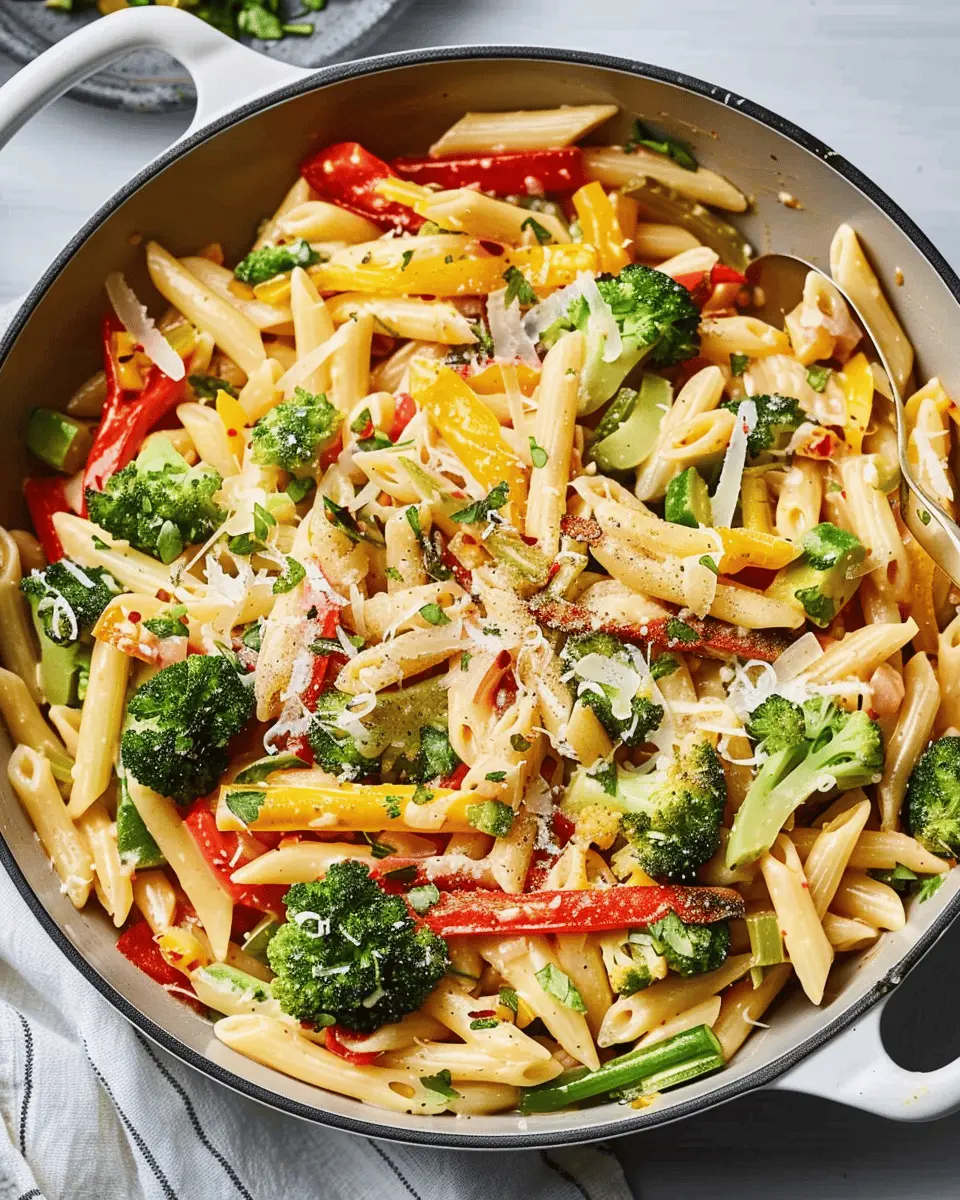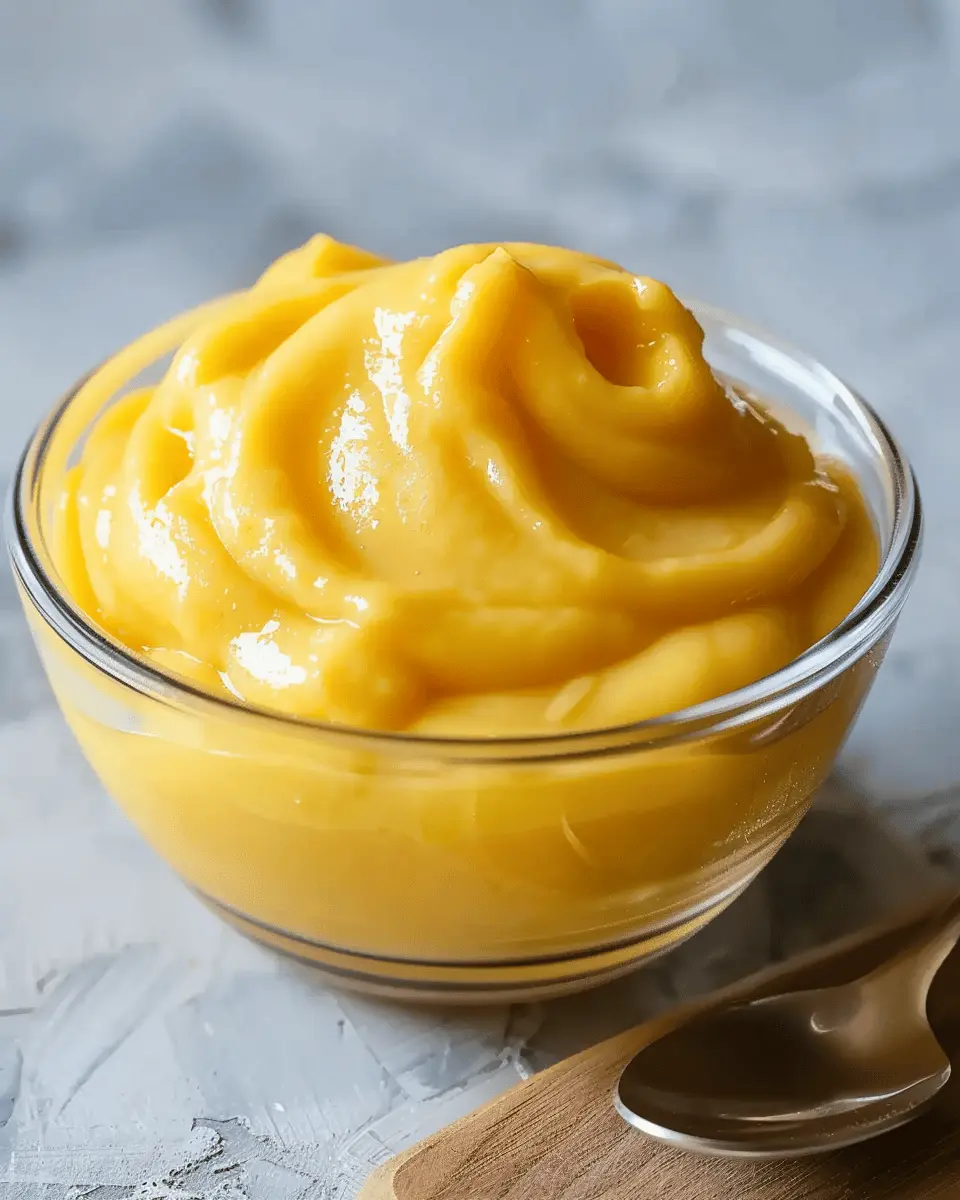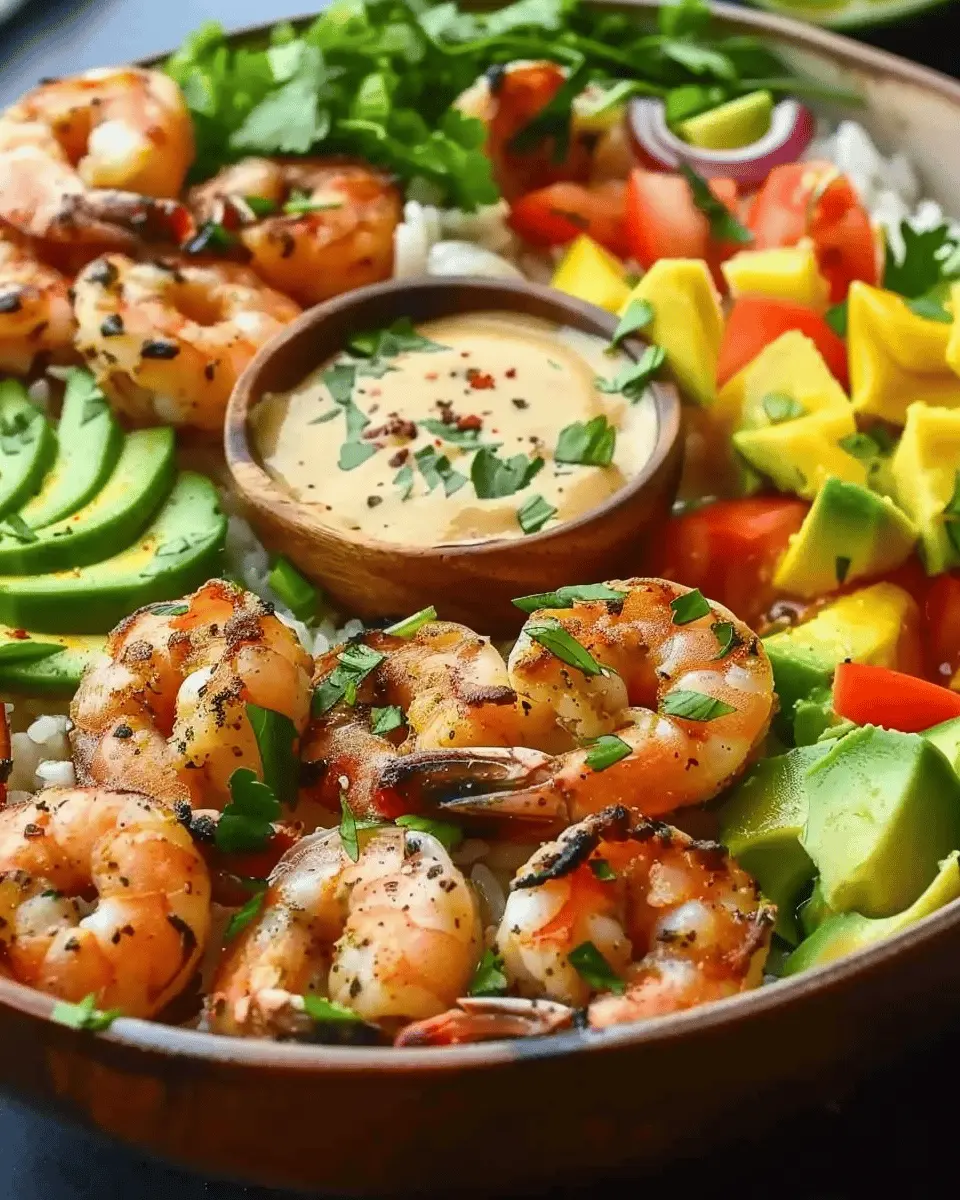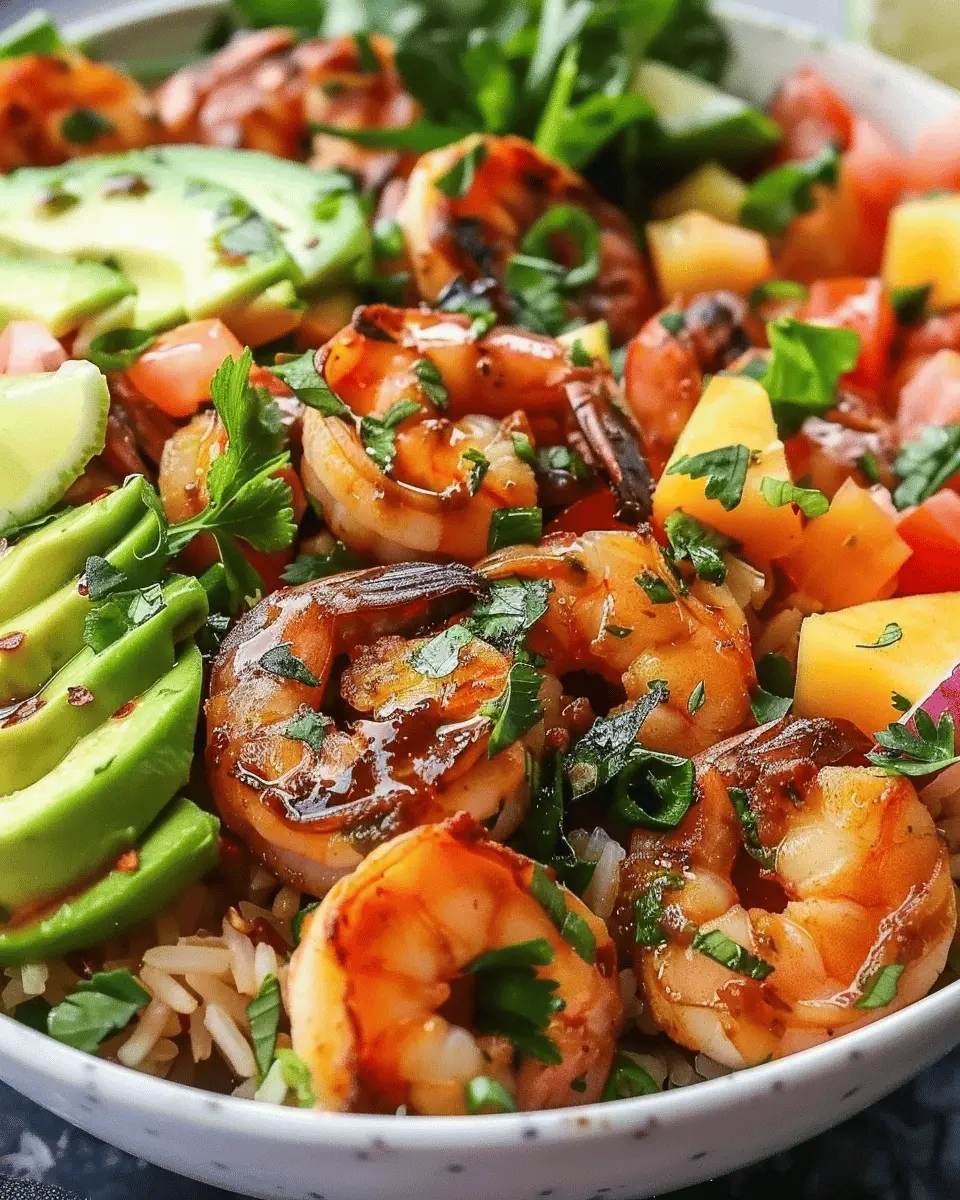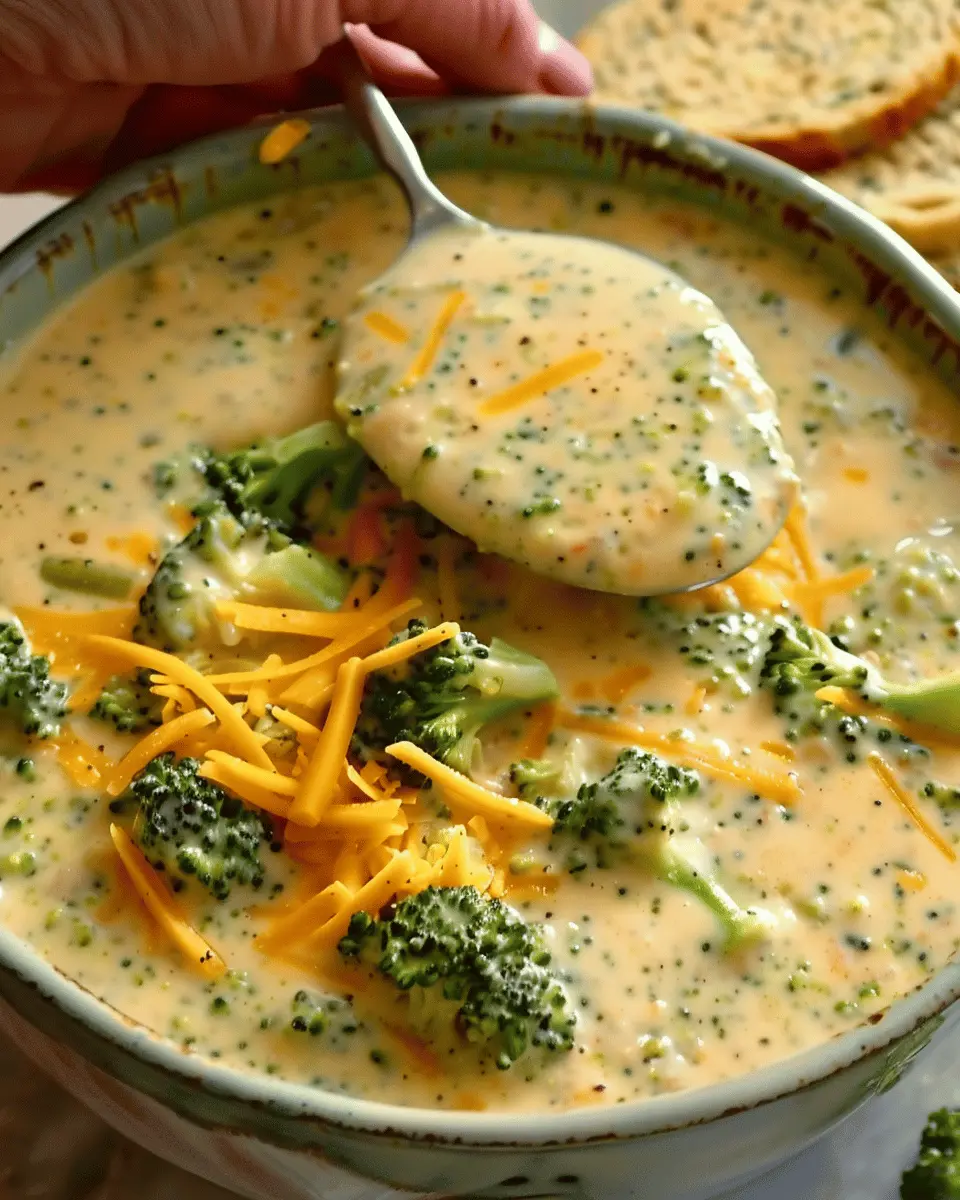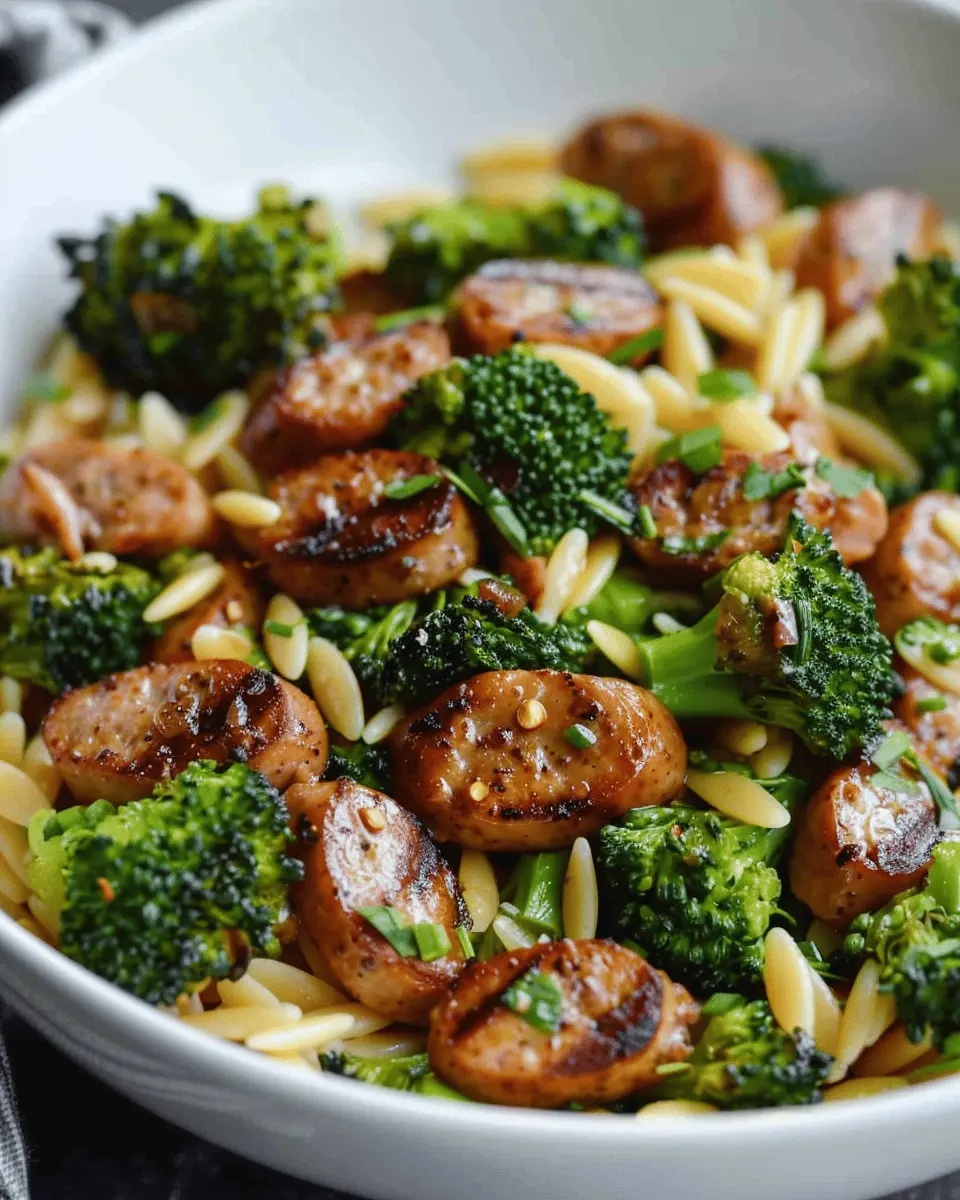Introduction to Pasta Primavera
Pasta Primavera, a deliciously vibrant dish, has a captivating story that traces back to the culinary scene of the 1970s. The name itself means “spring pasta” in Italian, reflecting the dish’s fresh, colorful vegetables that are typically sautéed and served with pasta. While many associate it with Italian cuisine, the origins are thought to be tied to Italian-American cooks experimenting with seasonal produce in New York City. This delightful fusion celebrates the arrival of spring, showcasing an array of vegetables that elevate the dish’s visual and flavor profile.
The Veggie Revolution
One of the appealing aspects of Pasta Primavera is its versatility. You can customize it based on what’s in season or what you have in your pantry. Commonly featured vegetables include bell peppers, zucchini, asparagus, and carrots. Each ingredient brings its own unique flavor and texture to the dish, making it not just a meal but an experience.
To prepare authentic Pasta Primavera, the focus is on lightness and freshness. As you sauté the veggies, be sure to use quality olive oil, which enhances the overall taste. You might be surprised to learn that many chefs recommend avoiding heavy sauces—keeping it simple allows the natural flavors of the vegetables to shine, making the dish both healthy and satisfying.
Why Everyone Loves It
Have you ever wondered why Pasta Primavera has become a favorite among health-conscious foodies? According to the USDA, incorporating a variety of vegetables into your diet can significantly boost your nutrient intake. When blended with whole grain pasta, you create a meal that’s not only filling but also packed with vitamins.
In today’s fast-paced life, quick and wholesome meals are a game changer. Think of Pasta Primavera as a go-to solution for busy weeknights—it’s quick to prepare and makes for perfect leftovers!
Ready to Dive In?
So, are you inspired to try your hand at making Pasta Primavera? Gather your favorite seasonal vegetables, grab some whole grain pasta, and let’s get cooking! For more great tips on handling fresh produce, check out this guide on seasonal vegetables. Dive into the world of Pasta Primavera and celebrate the freshness of spring right in your kitchen!
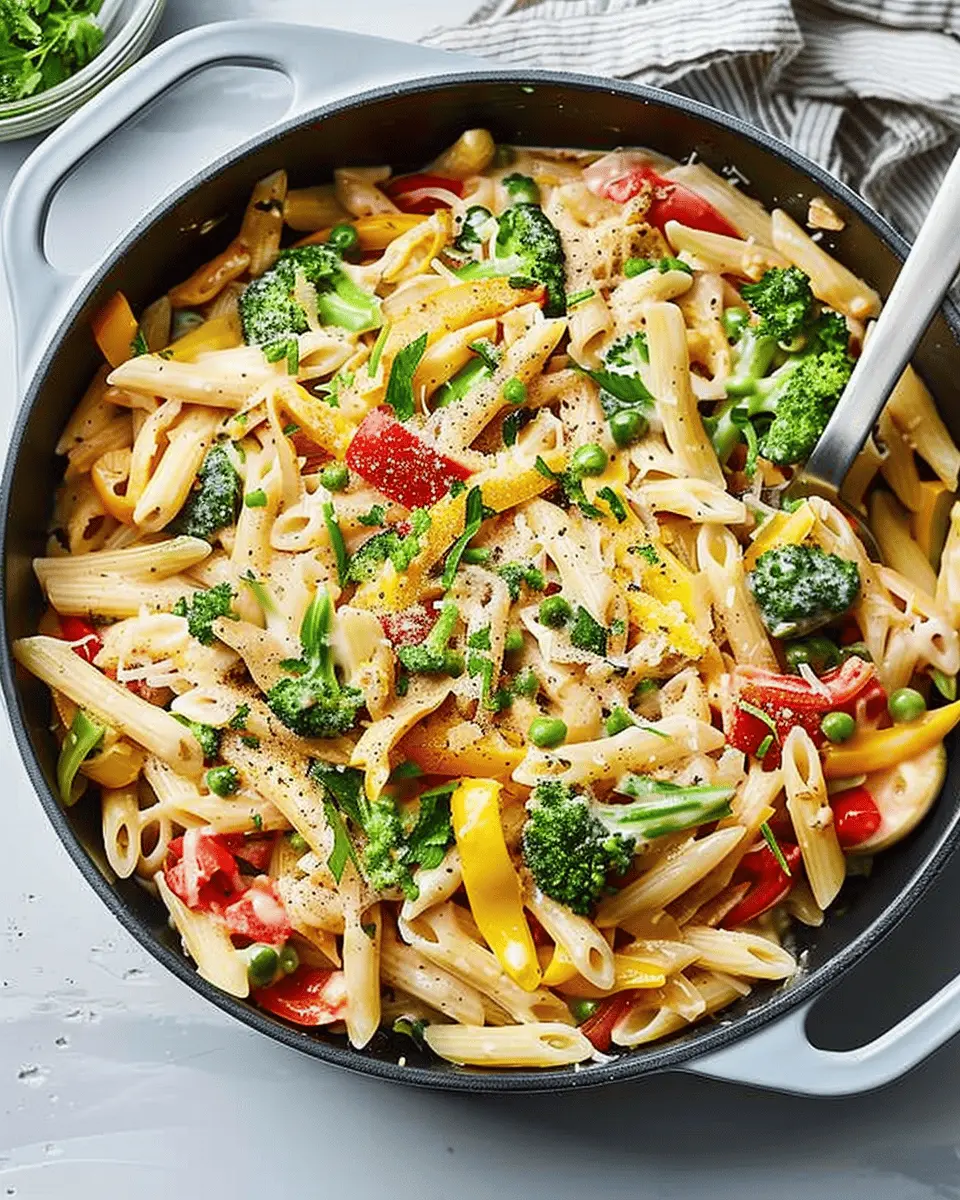
Ingredients for Pasta Primavera
Fresh vegetables for a delightful crunch
When crafting a vibrant Pasta Primavera, the spotlight is on the fresh vegetables that bring flavor and texture. Think seasonal favorites like bell peppers, zucchini, and cherry tomatoes. Broccoli florets add a nice crunch, while asparagus brings a lovely earthiness to the dish. Don’t be afraid to experiment with whatever veggies are in season—snap peas, carrots, or even eggplant can create delightful variations. Fresh produce is not just nutritious; it’s essential for that bright, colorful plate!
Pasta selection: What works best?
As for the pasta, opt for shapes that can hold onto those delicious vegetables and sauces. Penne or fettuccine are excellent choices, as their ridges and flat surfaces catch every bit of flavor. You can even try gluten-free options or whole wheat pasta for a healthier twist. The Pasta Primavera experience is all about balance, so choose a pasta that complements the freshness of your ingredients.
Additional herbs and spices for flavor
No dish is complete without a sprinkle of herbs and spices for that extra zing. Fresh basil and parsley are classic choices, while a pinch of red pepper flakes can add some heat. Don’t skimp on the garlic—it’s a must for that aromatic touch! You can learn more from resources like the Herb Society of America about how to enhance your pasta with fresh herbs. With just a few ingredients, your Pasta Primavera will shine brightly on any dinner table!
Preparing Pasta Primavera
Making a delicious dish of Pasta Primavera is not only about combining ingredients; it’s a creative experience that brings a burst of color and flavor to your table. From selecting your veggies to the final touches, let’s break it down step-by-step.
Gather Your Ingredients
The first step in preparing your Pasta Primavera is to gather all the fresh ingredients you’ll need. This not only saves time but also ensures you have everything at your fingertips while cooking. Here’s a handy list to get you started:
- Pasta: Any type you prefer works wonders—spaghetti, penne, or fettuccine.
- Vegetables: Opt for a mix of seasonal veggies such as bell peppers, zucchini, broccoli, carrots, and cherry tomatoes. Fresh is best!
- Protein: For a healthier twist, consider incorporating Turkey Bacon or Chicken Ham, which add flavor without overwhelming the dish.
- Herbs and Spices: Fresh basil, parsley, garlic, and a dash of red pepper flakes can take your dish to the next level.
- Oils: Extra virgin olive oil is perfect for sautéing, while a lemon juice drizzle adds brightness at the end.
For a deeper understanding of choosing the right vegetables, check out this guide on seasonal produce.
Cook the Pasta to Perfection
Next is cooking the pasta, which may seem simple, but there’s a method to achieve the ideal texture. Here’s how you can do it:
- Boil Water: Fill a large pot with water and bring it to a rolling boil. Salt generously—this adds flavor.
- Add the Pasta: Once boiled, toss in your pasta and cook according to package instructions. Aim for the al dente texture, where it’s firm to the bite.
- Reserve Some Pasta Water: Before draining, save about a cup of the starchy pasta water. This will be a handy secret weapon later on!
Remember, cooking times vary depending on the pasta type. It’s always better to slightly undercook it, as it’ll continue to cook when mixed with your veggies.
Sauté the Vegetables
While your pasta is cooking, it’s time to prepare those colorful vegetables that will make your Pasta Primavera shine. Here’s an easy way to sauté them:
- Heat Oil: In a large skillet, heat about 2 tablespoons of olive oil over medium heat.
- Add Aromatics: Toss in minced garlic first—this will give your dish an amazing aroma.
- Introduce Your Vegetables: Start with the harder vegetables like carrots and broccoli. After a few minutes, add softer ones like zucchini and cherry tomatoes.
- Season: Sprinkle salt, pepper, and red pepper flakes to taste. Sauté until veggies are tender but still vibrant and slightly crisp.
Did you know that cooking vegetables can actually increase certain nutrient levels? According to the Cleveland Clinic, some nutrients are better absorbed when cooked!
Combine the Pasta and Veggies
Once your pasta is perfectly cooked and your veggies gloriously sautéed, it’s time for the fun part—bringing it all together!
- Drain the Pasta: Completely drain your pasta but remember to keep that reserved pasta water nearby.
- Mix Together: In your skillet filled with sautéed veggies, add the drained pasta.
- Creaminess Factor: Slowly add in a splash of the reserved pasta water to achieve a nice, cohesive texture without it being overly saucy.
Add Your Seasonings and Serve
Finally, it’s time to flavor your Pasta Primavera to your liking.
- Finishing Touches: Stir in chopped fresh herbs like basil or parsley for a vibrant pop. If you enjoy a little creaminess, consider tossing in a spoonful of cream cheese or ricotta.
- Taste and Adjust: Give it a taste! You might want to add a bit more salt, pepper, or a squeeze of fresh lemon juice for brightness.
- Serve: Plate it up and enjoy your colorful creation! Pair it with a refreshing salad or some crusty bread for a rounded meal.
Cooking Pasta Primavera is a delightful experience that allows you to experiment with fresh ingredients while enjoying a gourmet dish straight from your kitchen. Why not host a dinner for friends and share your newfound expertise? Happy cooking!
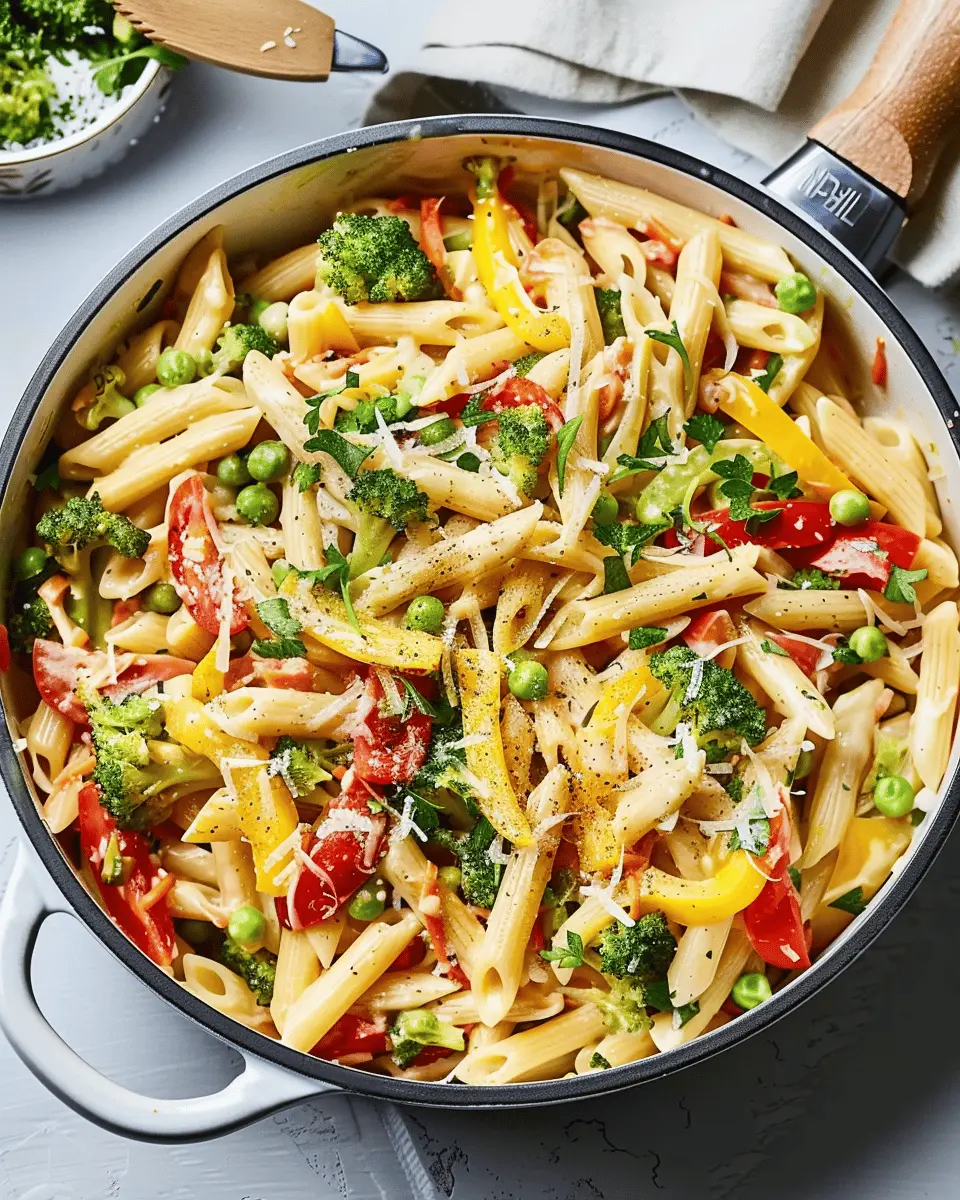
Variations on Pasta Primavera
Pasta primavera is a versatile dish that can easily be adapted to fit your cravings or dietary preferences. Whether you want to elevate its classic flavors or add a protein kick, there are endless variations to explore.
Creamy Pasta Primavera
If you’re a fan of rich, tender textures, a creamy pasta primavera could be your new favorite. To achieve that luscious feel, consider adding a creamy garlic Alfredo sauce or a simple yet delectable white sauce made from butter, flour, and milk. Here’s how to do it:
- Begin with your favorite vegetables like bell peppers, zucchini, and broccoli.
- Sauté these in olive oil until they’re crisp-tender.
- Stir in heavy cream or a blend of cream cheese and milk for a creamy base.
- Add your cooked pasta, tossing to combine. For extra indulgence, sprinkle in some parmesan cheese or nutritional yeast for a vegan-friendly twist.
For more ideas on creamy sauces, check out the Fresh Food Network.
Pasta Primavera with Protein Options
For a heartier meal, adding protein is both filling and nourishing. Here are some protein options you can try:
- Chicken Ham: Sauté diced chicken ham and mix it into your primavera for flavor and added nutrition.
- Turkey Bacon: Crisp up some turkey bacon for a crunchy texture that pairs delightfully with vegetables.
- Grilled Chicken or Shrimp: For a classic touch, grilled chicken or shrimp is always a hit.
Adapting your pasta primavera to suit your protein cravings not only enhances the meal but also helps you meet your dietary goals.
So next time you’re whipping up this delightful dish, don’t hesitate to experiment with these variations—it’s all about finding the flavors that make your heart (and taste buds) sing!
Cooking tips for Pasta Primavera
Choosing the right vegetables for the season
Springtime is the star of Pasta Primavera, bringing a vibrant array of seasonal vegetables to your plate. Think about using fresh asparagus, tender peas, colorful bell peppers, and bright cherry tomatoes. These not only add beautiful color but also delightful flavors and textures. When buying, aim for local farmers’ markets or produce sections to ensure freshness and support your community. Check out this guide for what’s in season near you; it makes a big difference!
Don’t overcook the pasta!
One of the biggest mistakes in making Pasta Primavera is overcooking the pasta. You want it al dente, which means firm to the bite, allowing it to hold up against those crisp veggies. Start checking a minute or two before the package directions suggest, and remember: the pasta will continue to cook slightly when tossed with the sauce. Drain it well and toss it immediately with a splash of olive oil to keep it from sticking. Trust me, this small step can transform your dish!
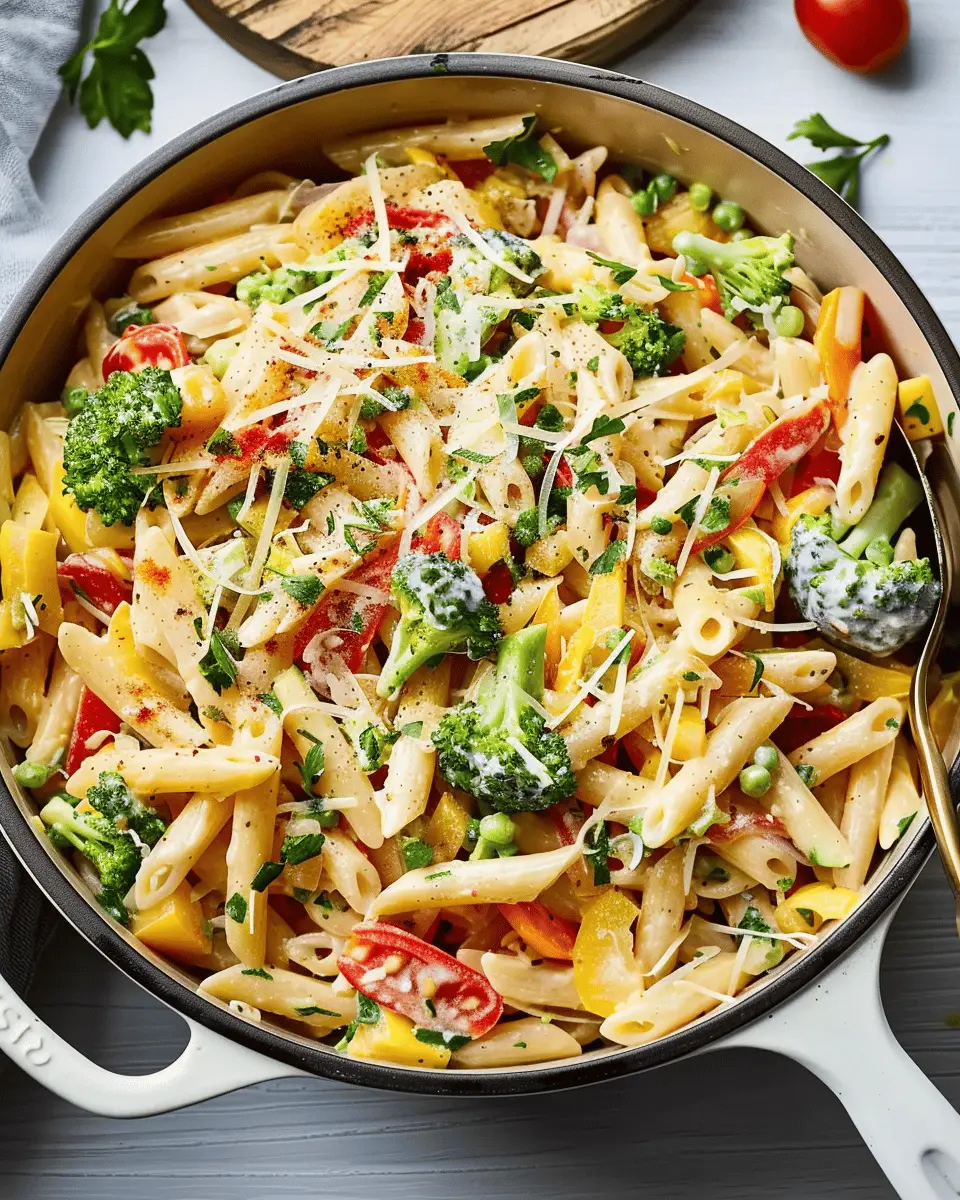
Serving suggestions for Pasta Primavera
Pairing with Homemade Garlic Bread
Nothing pairs better with Pasta Primavera than a warm, crusty slice of homemade garlic bread. It’s simple to make! Just take a baguette or any bread you like, slather it with a mixture of butter, minced garlic, and parsley, then bake until golden and fragrant. The buttery goodness complements the vibrant veggies in your pasta dish and creates that satisfying crunch we all crave. Plus, it’s a fantastic way to soak up any extra sauce!
Ideal Accompaniments for a Complete Meal
To elevate your Pasta Primavera, consider adding a fresh, crisp salad. A garden salad or a simple arugula mix tossed with olive oil and lemon can refresh your palate between bites. If you want to add some protein, grilled chicken or Turkey Bacon can be a great addition. Looking for something warm? A side of sautéed seasonal vegetables can enhance the overall experience, ensuring each bite is as delicious as the last.
With these thoughtful pairings, your meal will not just be filling—it will also be a delightful culinary experience!
For more cooking inspiration, check out America’s Test Kitchen.
Time breakdown for Pasta Primavera
Preparation time
Getting everything ready for your Pasta Primavera can be a breeze! Set aside about 15 minutes. This is the time you’ll need to chop fresh vegetables like bell peppers, zucchini, and cherry tomatoes. Slice up your Turkey Bacon or Chicken Ham, and don’t forget to gather all your ingredients. Pro tip: Having everything prepped makes the cooking process smoother and faster!
Cooking time
Once you’re in the kitchen, cooking your Pasta Primavera will take about 20 minutes. Boil your pasta while sautéing those colorful veggies and proteins in a skillet. Keep an eye on everything to embrace that vibrant flavor profile!
Total time
In total, you’re looking at approximately 35 minutes from start to finish. With this quick turnaround, you’ll have a delicious, nutritious meal ready to enjoy on your busy weeknight. If you want to explore more about pasta dishes, check out this handy guide.
Nutritional Facts for Pasta Primavera
Calories per serving
A generous serving of Pasta Primavera typically contains around 300 to 400 calories. This can vary based on the specific ingredients you use and portion sizes, but it’s an excellent choice for a satisfying yet light meal. Balancing your pasta with plenty of vibrant, fresh vegetables makes it a nutritious option that won’t weigh you down.
Key nutrients in the dish
Pasta Primavera is not just delicious—it’s also packed with essential nutrients. Here are some highlights:
- Vegetables: Loaded with vitamins and minerals, including vitamin C, vitamin A, and potassium.
- Fiber: The inclusion of whole-grain pasta or a variety of veggies increases fiber content, promoting digestive health.
- Carbohydrates: A perfect source of energy, ideal for active lifestyles.
- Protein: Adding sources like Turkey Bacon or Chicken Ham boosts the protein content, supporting muscle repair and growth.
For more insights on the benefits of a vegetable-rich diet, you may find this NCBI article quite informative!
Vibrant and tasty, Pasta Primavera proves that you can enjoy flavorful food while still making healthy choices. So, the next time you’re in the kitchen, remember that it’s easy to create a meal that’s both delicious and nutritious!
FAQs about Pasta Primavera
Can I make Pasta Primavera ahead of time?
Absolutely! Pasta Primavera is a fantastic option for meal prep. You can cook the pasta and vegetables ahead of time and store them in separate containers. Just toss them together with the sauce when you’re ready to serve. This method not only saves time during busy weeknights but also enhances the flavors as they marinate together. For a simple sauce, try a mix of olive oil, lemon juice, and Parmesan cheese to keep it fresh and zesty.
What’s the best way to store leftovers?
To store your Pasta Primavera leftovers, transfer them to an airtight container as soon as they cool to room temperature. This prevents the pasta from becoming mushy. Leftovers can stay in the fridge for about 3–5 days. If you want to keep them longer, consider freezing individual portions. Just remember to thaw in the fridge overnight before reheating to maintain texture and flavor. For more storage tips, check out this guide on how to store pasta.
How do I add protein to Pasta Primavera?
Enhancing your Pasta Primavera with protein is super easy! Here are some quick ideas:
- Grilled Chicken: Sliced chicken breast pairs beautifully with the vibrant veggies.
- Turkey Bacon: Crumbled turkey bacon adds a crispy texture that’s irresistible.
- Shrimp: For seafood lovers, sautéed shrimp is a delightful addition.
- Tofu or Tempeh: Don’t forget plant-based options for a vegetarian twist.
Simply cook your protein of choice and mix it in before serving for a balanced meal. With these tips, your Pasta Primavera is sure to be a hit at the dinner table!
Conclusion on Pasta Primavera
Recap the joy of homemade meals
Pasta Primavera captures the essence of simple, fresh, and wholesome cooking. There’s something undeniably gratifying about preparing a meal from scratch, especially one that bursts with vibrant flavors and colorful vegetables. As you toss your al dente pasta with roasted veggies and your favorite sauces, you’re not just satisfying your taste buds; you’re creating moments.
Think about it: sharing this dish with friends or family can turn an ordinary evening into a cherished memory. Plus, with each bite, you’re fueling your body with nourishing ingredients. So, don your apron, indulge in your creativity, and let Pasta Primavera be the star of your next gathering! For more inspiration, check out this guide on homemade cooking essentials.
PrintPasta Primavera: Easy and Fresh Veggie Delight for All Food Lovers
Pasta Primavera is a vibrant and fresh dish packed with a variety of vegetables and tossed in a light sauce. Perfect for any food lover looking for a quick and healthy meal!
- Prep Time: 10 minutes
- Cook Time: 15 minutes
- Total Time: 25 minutes
- Yield: 4 servings 1x
- Category: Main Course
- Method: Stovetop
- Cuisine: Italian
- Diet: Vegetarian
Ingredients
- 8 ounces pasta of your choice
- 1 cup bell peppers, sliced
- 1 cup zucchini, sliced
- 1 cup cherry tomatoes, halved
- 1 cup broccoli florets
- 2 tablespoons olive oil
- 1 clove garlic, minced
- Salt and pepper to taste
- 1/4 cup grated Parmesan cheese (optional)
Instructions
- Cook the pasta according to package instructions. Drain and set aside.
- In a large skillet, heat olive oil over medium heat. Add garlic and sauté until fragrant.
- Add the bell peppers, zucchini, and broccoli to the skillet and cook until tender.
- Stir in the cherry tomatoes and cooked pasta. Season with salt and pepper.
- Serve hot, topped with grated Parmesan cheese if desired.
Notes
- For a vegan option, omit the Parmesan cheese.
- Feel free to add any seasonal vegetables you enjoy!
Nutrition
- Serving Size: 1 plate
- Calories: 350
- Sugar: 4 grams
- Sodium: 200 milligrams
- Fat: 10 grams
- Saturated Fat: 1.5 grams
- Unsaturated Fat: 7 grams
- Trans Fat: 0 grams
- Carbohydrates: 55 grams
- Fiber: 4 grams
- Protein: 12 grams
- Cholesterol: 5 milligrams
Keywords: Pasta Primavera, Vegetarian, Fresh Veggies

